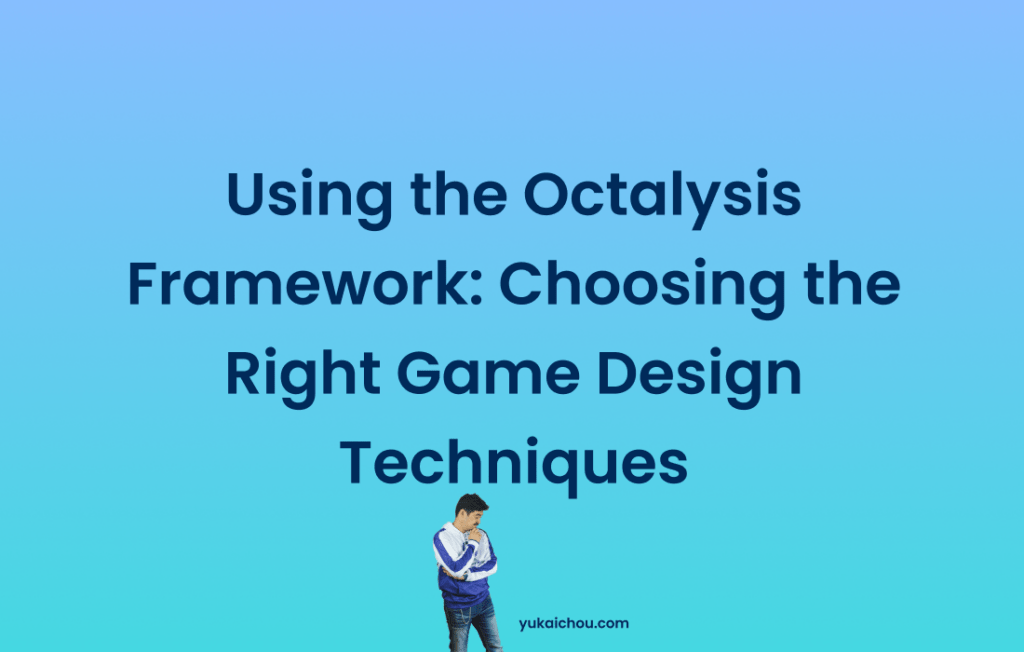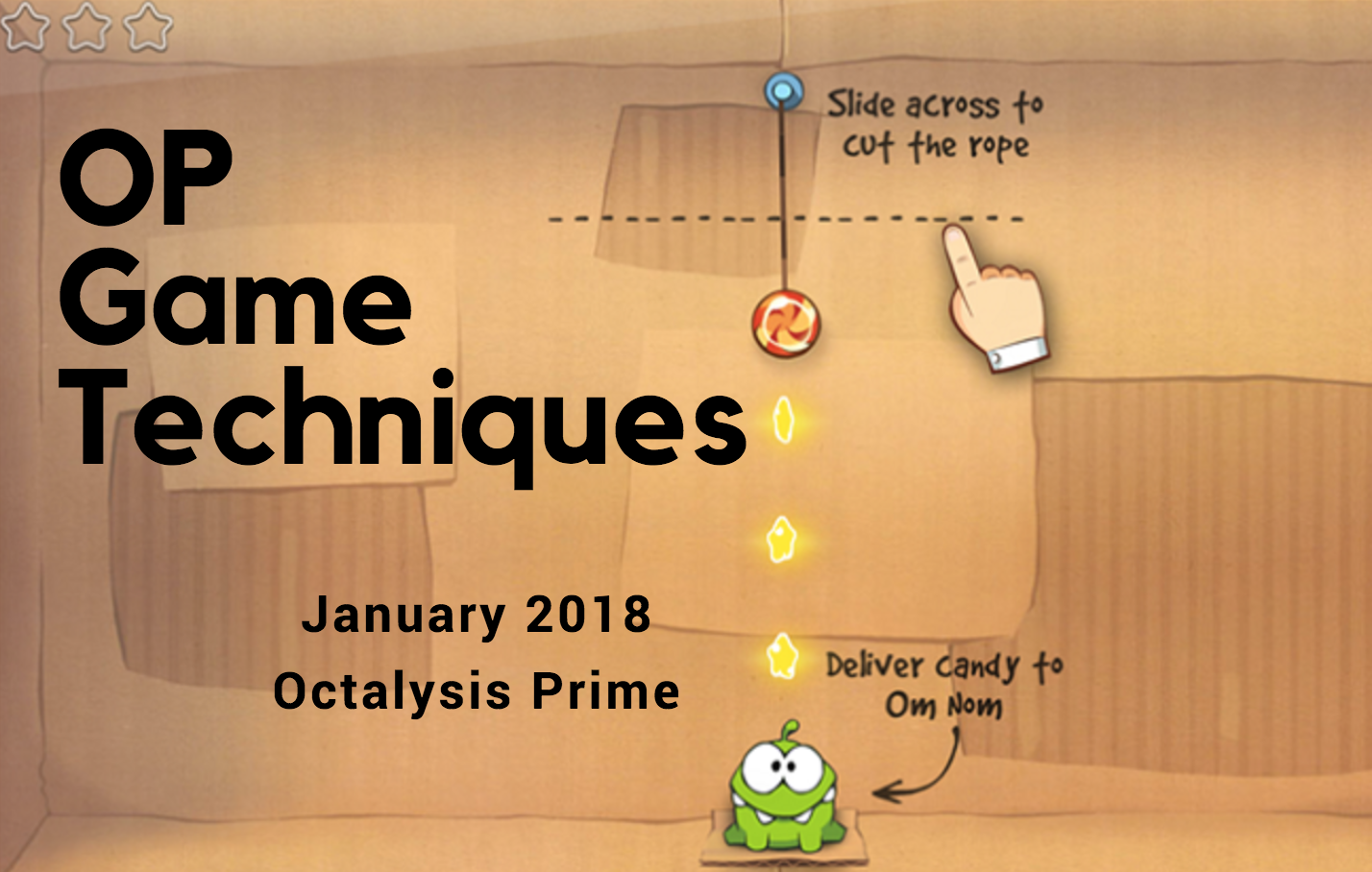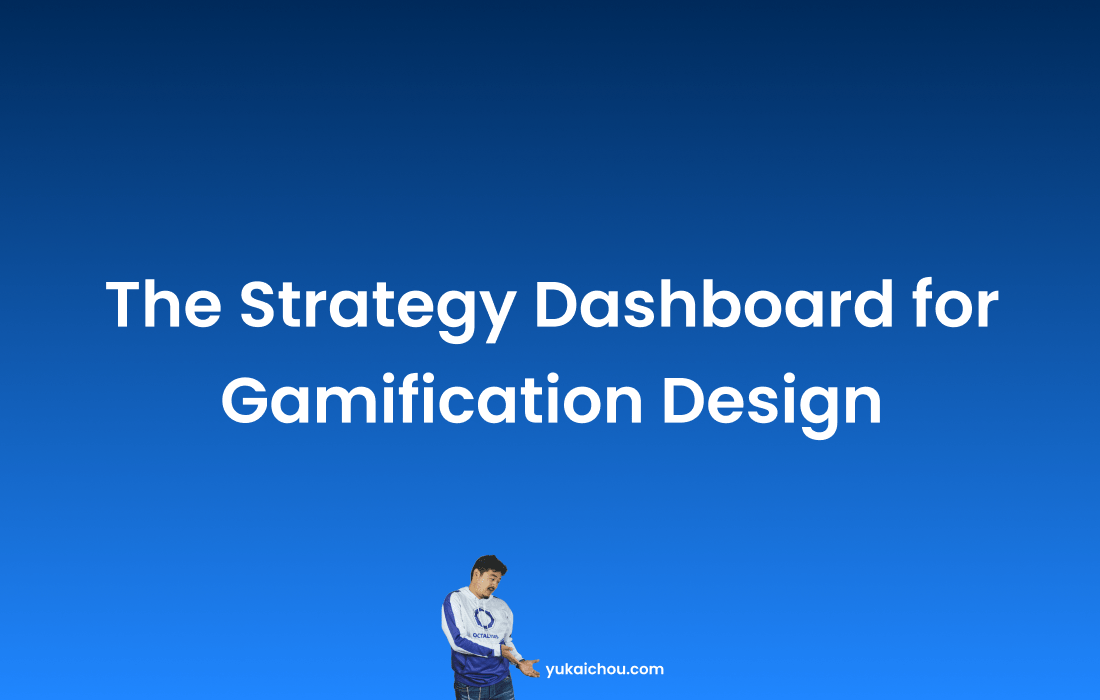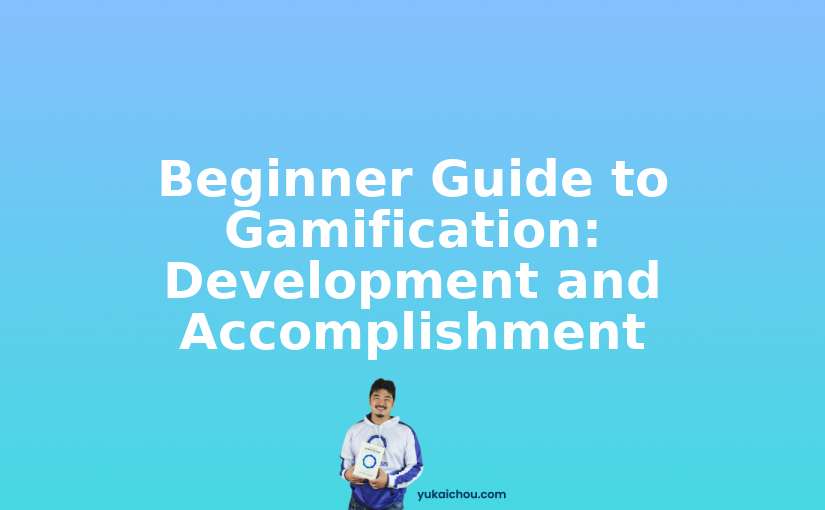Hey Octalysis enthusiasts!
In this blog post, we’ll dive deeper into how to use the Octalysis Framework to decide which game design elements to implement in your projects. This approach can help you create a more engaging and motivating experience for your players, regardless of their preferred play style or motivations. Let me guide you through the Octalysis Framework and how it can lead you to the right game design techniques for your project, making it a success.
Understanding the Octalysis Framework: The Octalysis Framework is a powerful tool I’ve developed for understanding player motivation and psychology. It consists of 8 Core Drives that influence player behavior and engagement. These Core Drives are the essential building blocks for creating captivating and immersive experiences for your players.
To effectively use the Octalysis Framework, you should start by defining your business metrics. Consider the primary goals you want to achieve with your project and how you’ll measure its success. Next, identify your players – the target audience you want to engage and entertain. Think about their demographics, preferences, and motivations.
Determine the desired actions you want your players to take within the game or experience. These actions should align with your business metrics and player motivations. Outline the feeder mechanics, triggers, rewards, and incentives that will encourage these desired actions, keeping in mind how they connect to your players’ Core Drives.
Identifying Player Types and Core Drives: To tailor your game design to your target audience, it’s essential to identify your player types and their motivations. You can use Richard Bartle’s Four Player Types: Achievers, Socializers, Killers, and Explorers, as a starting point. Each player type has unique preferences and motivations, which can guide your design decisions.
Achievers are goal-oriented players who enjoy completing tasks and achieving recognition for their accomplishments. Socializers find the most enjoyment in interacting with others and forming connections within the game world. Killers thrive on competition and asserting dominance over other players. Explorers love discovering new areas, uncovering secrets, and solving puzzles.
By understanding what motivates each player type, you can focus on the Core Drives that resonate with them the most. This targeted approach will help you create experiences that cater to your players’ desires and keep them engaged.
Balancing Core Drives for Different Player Types: Incorporating different Core Drives into your design can create a well-rounded experience that appeals to a broader range of players. For instance, executives often assume competition is motivating for everyone, but that’s not always the case. Competitions and leaderboards may not be effective for Socializers or those who are not competitive by nature. Instead, focusing on Core Drive 5: Social Influence & Relatedness, may yield better results by incorporating social elements like Group Quests, Social Treasures, and opportunities for players to appreciate each other.
Similarly, Achievers may be more motivated by Core Drive 2: Development & Accomplishment, which involves making progress, developing skills, and achieving mastery. Design elements like leveling systems, skill trees, and clear goals can cater to this drive.
Addressing Monotonous Tasks: Monotonous tasks can hinder player engagement, but incorporating Core Drive 7: Unpredictability & Curiosity, can help combat this issue. Implementing game design techniques like mystery boxes, slot machine mechanics, or Easter eggs can inject excitement and surprise into repetitive tasks, making the experience more engaging and enjoyable.
For instance, you could incorporate a randomized reward system that gives players a chance to receive a rare item or bonus each time they complete a repetitive task. This sense of anticipation and surprise can help maintain player interest and motivation, even in the face of monotonous tasks.
Choosing and Combining Game Design Elements:
Once you’ve identified the Core Drives that resonate with your players and align with the desired actions, you can begin selecting appropriate game design elements. Keep in mind that you don’t need to stick to a predefined list of techniques; feel free to experiment with different combinations and hybrids.
To create a rich and diverse experience, consider incorporating elements from multiple Core Drives. For example, you might include a leveling system (Core Drive 2: Development & Accomplishment) alongside a social sharing feature (Core Drive 5: Social Influence & Relatedness) to cater to both Achievers and Socializers. By combining elements from various Core Drives, you’ll create a more engaging and appealing experience for a broader range of players.
The key is to understand the Core Drives, not just memorize game design techniques. With a solid grasp of the Core Drives and a range of game design examples, you’ll be better equipped to develop new, innovative techniques that suit your project’s needs.
Evaluating and Iterating on Your Design: As you implement your chosen game design elements, it’s crucial to continuously evaluate their effectiveness and make adjustments as needed. Gather feedback from players and analyze data on player behavior to determine which elements are resonating with your audience and which may need improvement.
Don’t be afraid to iterate on your design, as even small adjustments can have a significant impact on player engagement and enjoyment. Embrace the iterative process and be open to learning from your players’ experiences to create the best possible experience for your target audience.
Remember, designing a successful game or experience is an ongoing process. Stay flexible and willing to adapt your design as you learn more about your players and their preferences.
Finding the right Core Drives and Game Techniques
The Octalysis Framework offers valuable insights into player motivation and psychology, allowing you to create more engaging experiences. By understanding your players, identifying their Core Drives, and selecting appropriate game design elements, you’ll be well on your way to crafting an enjoyable and successful project.
Keep learning and experimenting with the Octalysis Framework to continue refining your game design skills. Embrace the iterative process, and don’t be afraid to make adjustments based on player feedback and data. By staying in tune with your players and their motivations, you’ll create experiences that resonate with your audience and drive your project toward success.
I’ll be here to support you every step of the way as you explore the power of the Octalysis Framework and unlock the potential of your game design projects. Together, we can create engaging and enjoyable experiences that captivate players and make a lasting impact.








